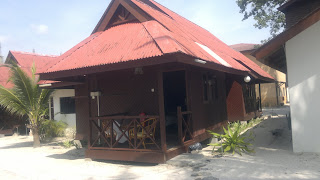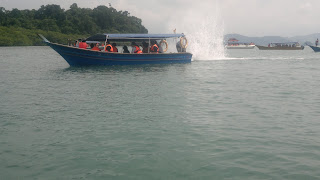In his article, he addressed the issue of the anti-Islamic film which has
been aired worldwide and provoke the Muslims from various Islamic countries as
well as the death of US ambassador to Libya Christiopher Stevens in Benghazi.
He claimed that the death of US ambassador has nothing to do in the name
of Islam. Having spend a lifetime
studying Quran and Islamic Law, religion prohibits taking innocent
life.The Quran equates the killing of innocent with killing all of humankind.
 |
| Can peace be achieved if this situation continue to prevail? |
In fact, he said that no American officials would have anything to do
with something so ile and degrading to a religion. News report has identified
that Nakoula Basseley, a Coptic Christian living in Southern California as the
driving force behind the film.
Extremists of all religions excite the worst, most extreme reactions from
others. It takes only one extremist action to set off a chain reaction to go around the world.
The real conflict is not Christian vs Muslim or Muslim vs Jews. It is a
struggle between extremist and moderates of all religion.That is why the moderates among us in all faiths must work together to
combat extremists.He also urged Muslim to recognise that the best way to oppose hate speech is to ignore
it. Reaction is precisely what a hater wish to provoke.
We must embrace the Global Movement of Moderats mooted by Prime Minister Datuk Seri Najib that seeks a just peace not through violence but by promoting justice, excellence and equilibrium.
We can show the falsity of their messages simply by turning our backs.
War is definitely NOT the solution!














































































